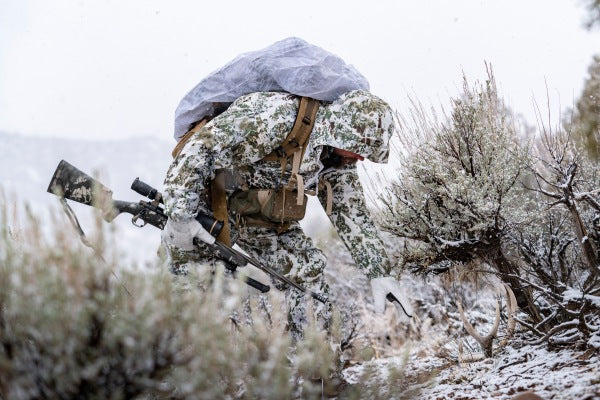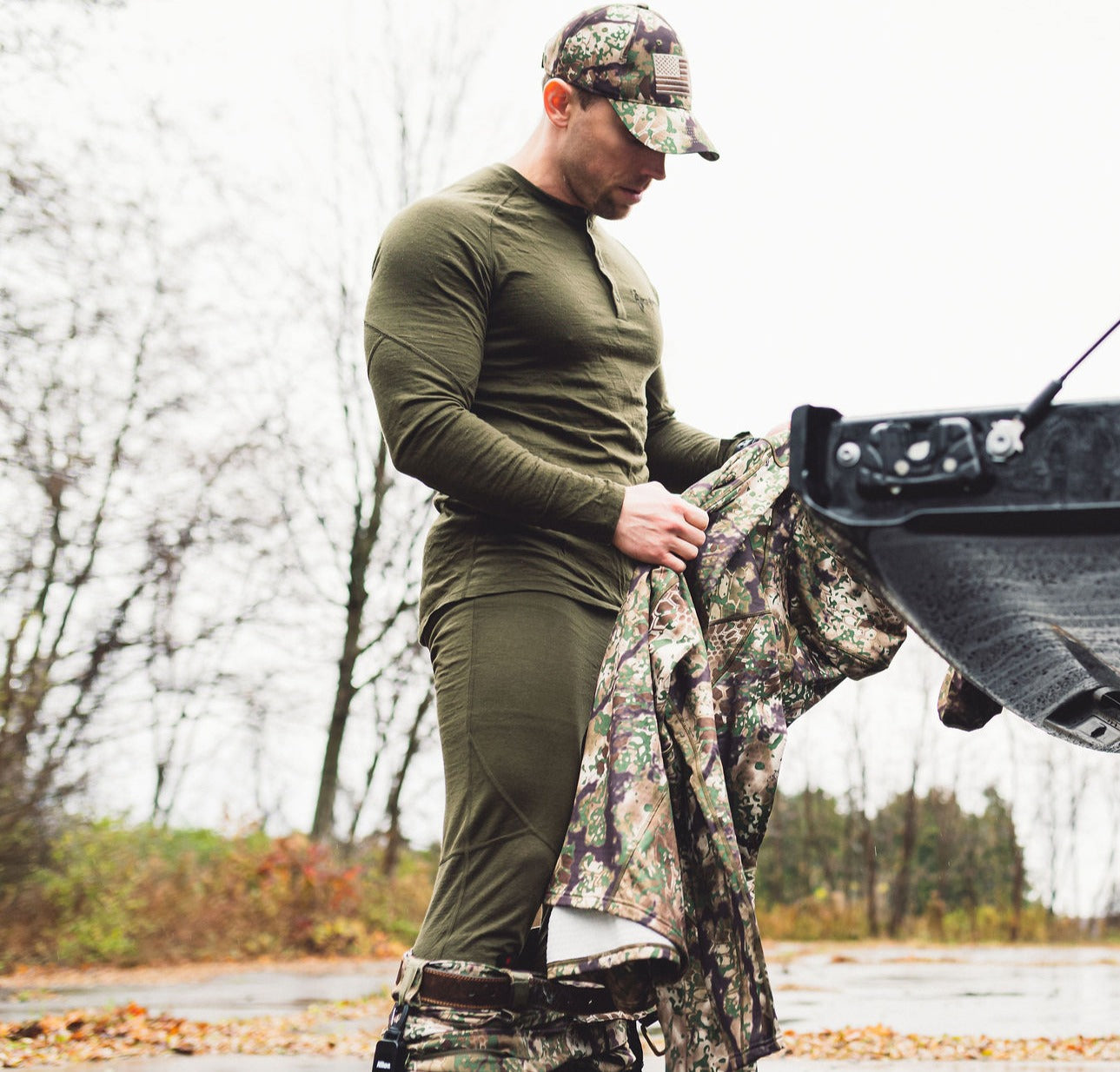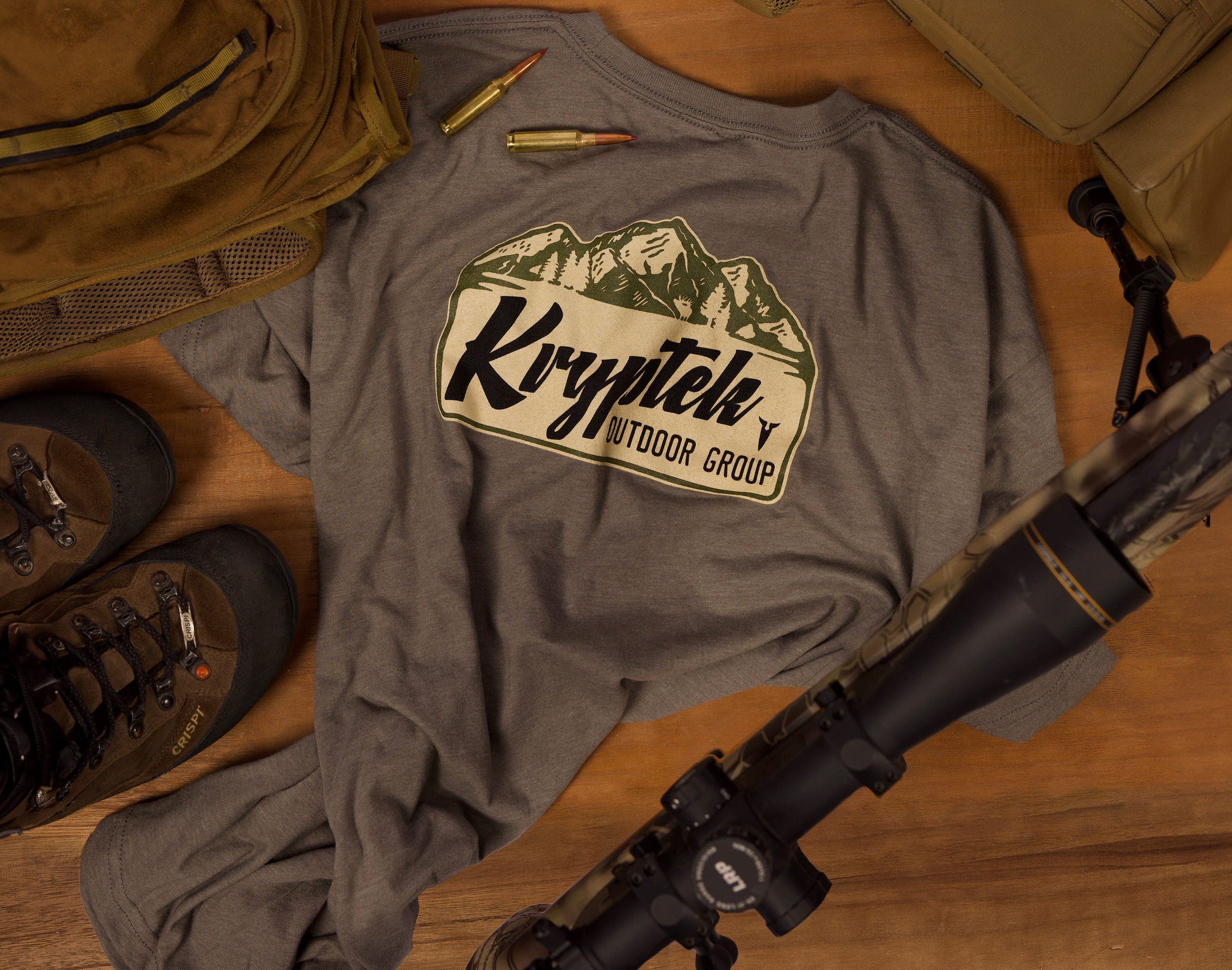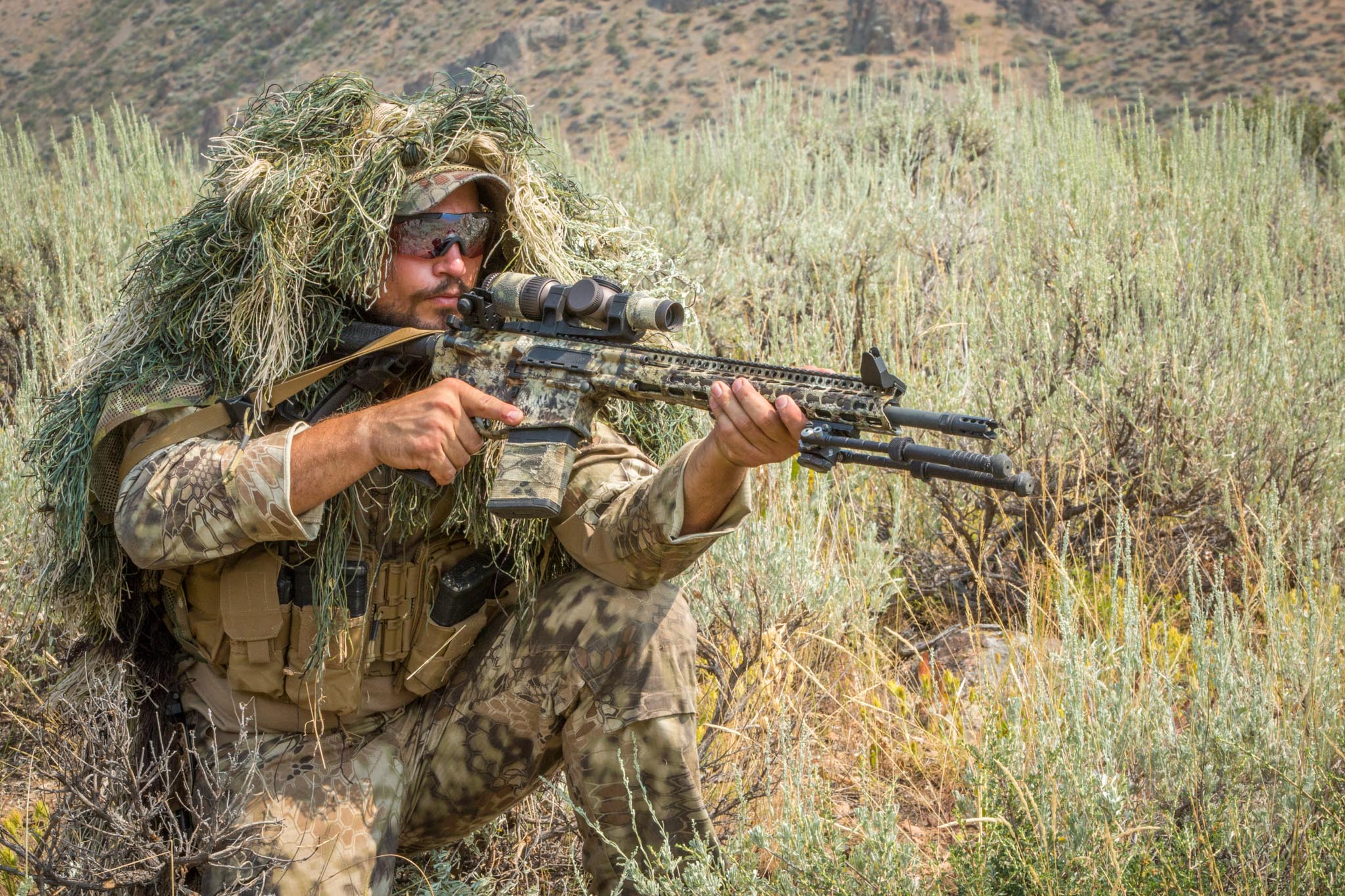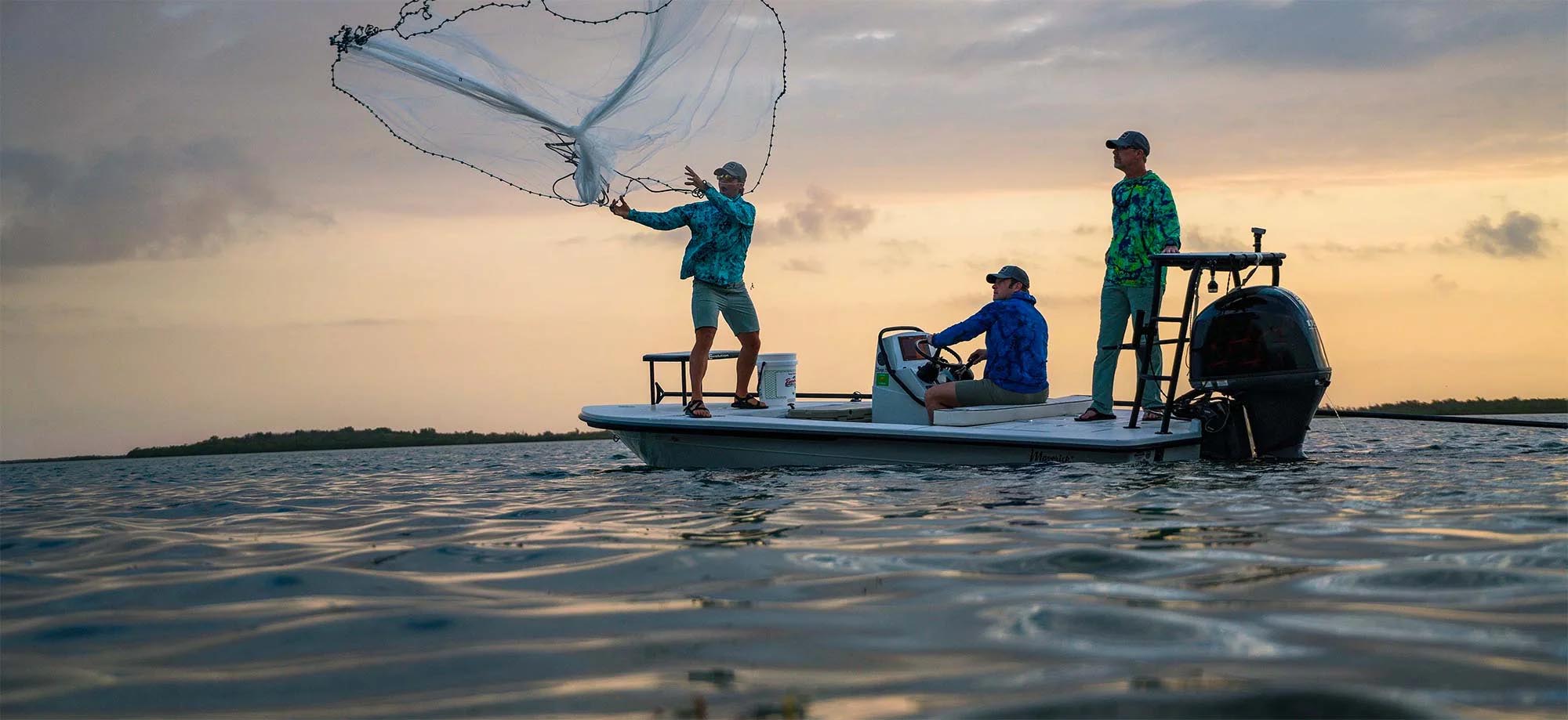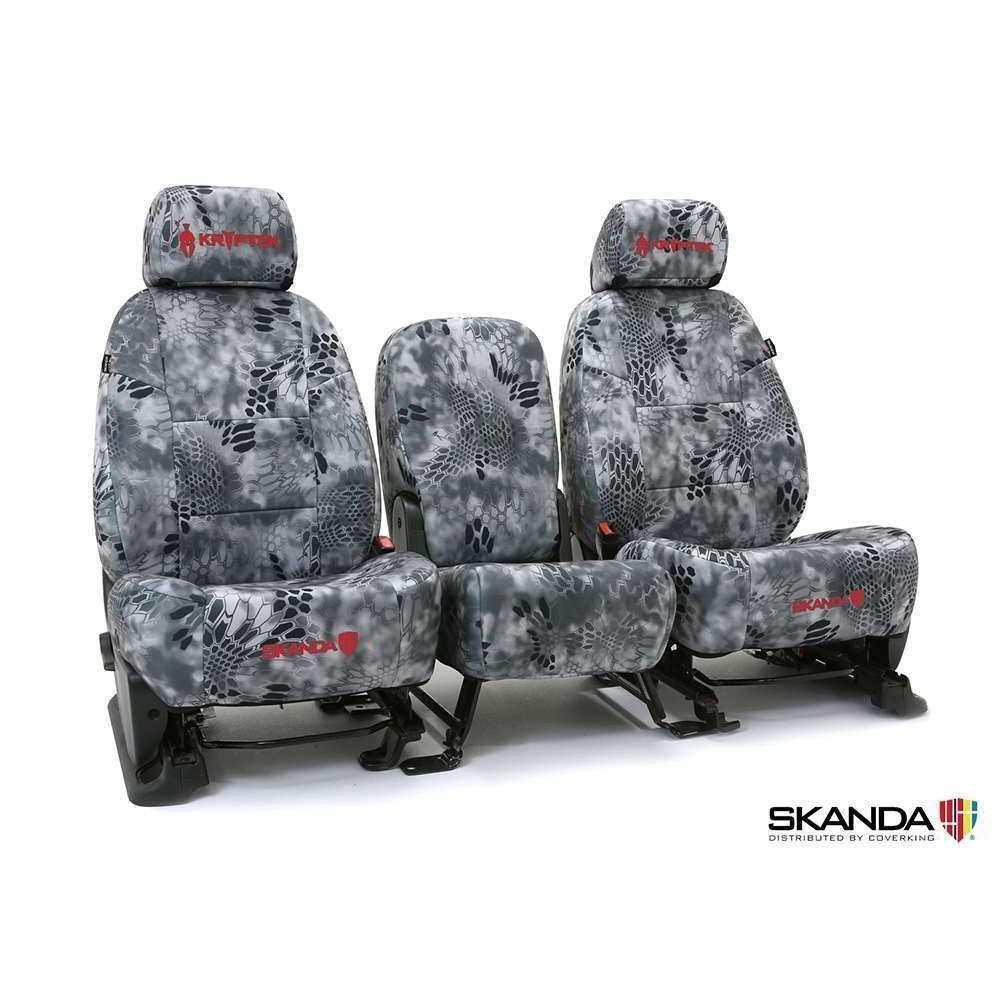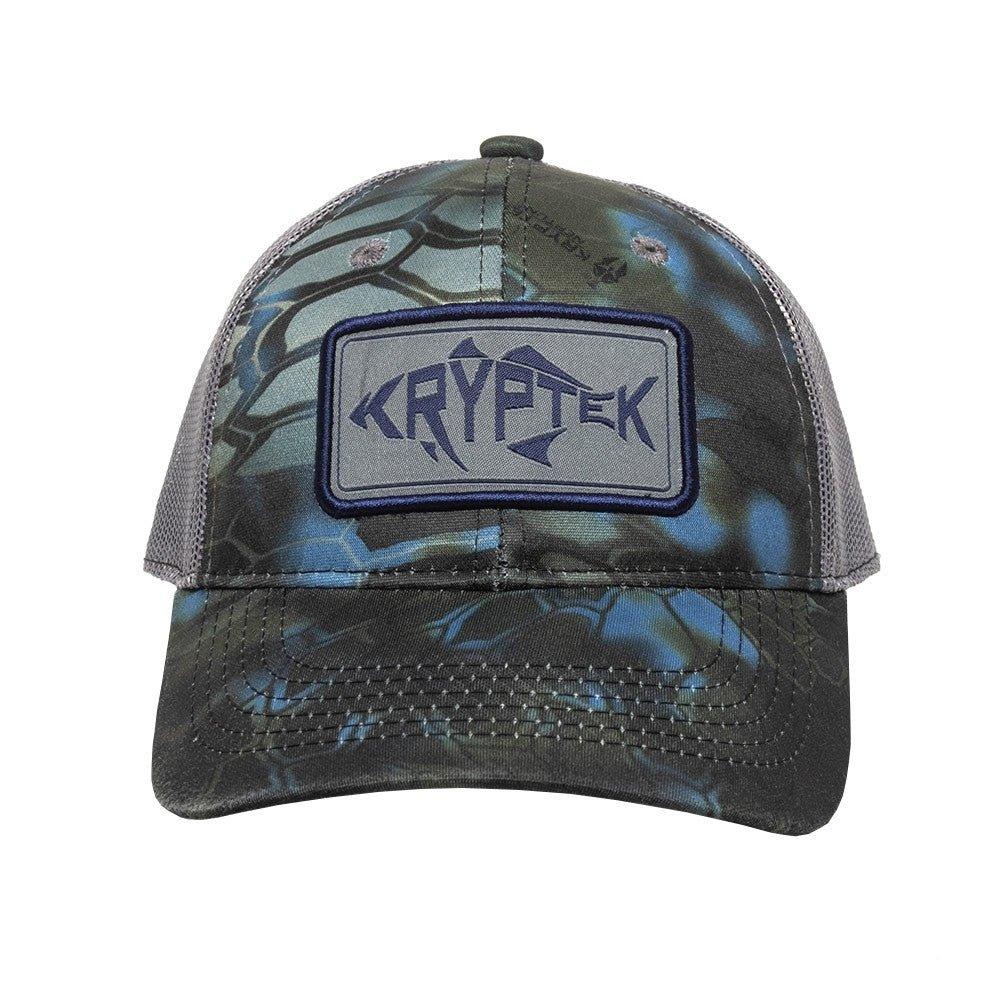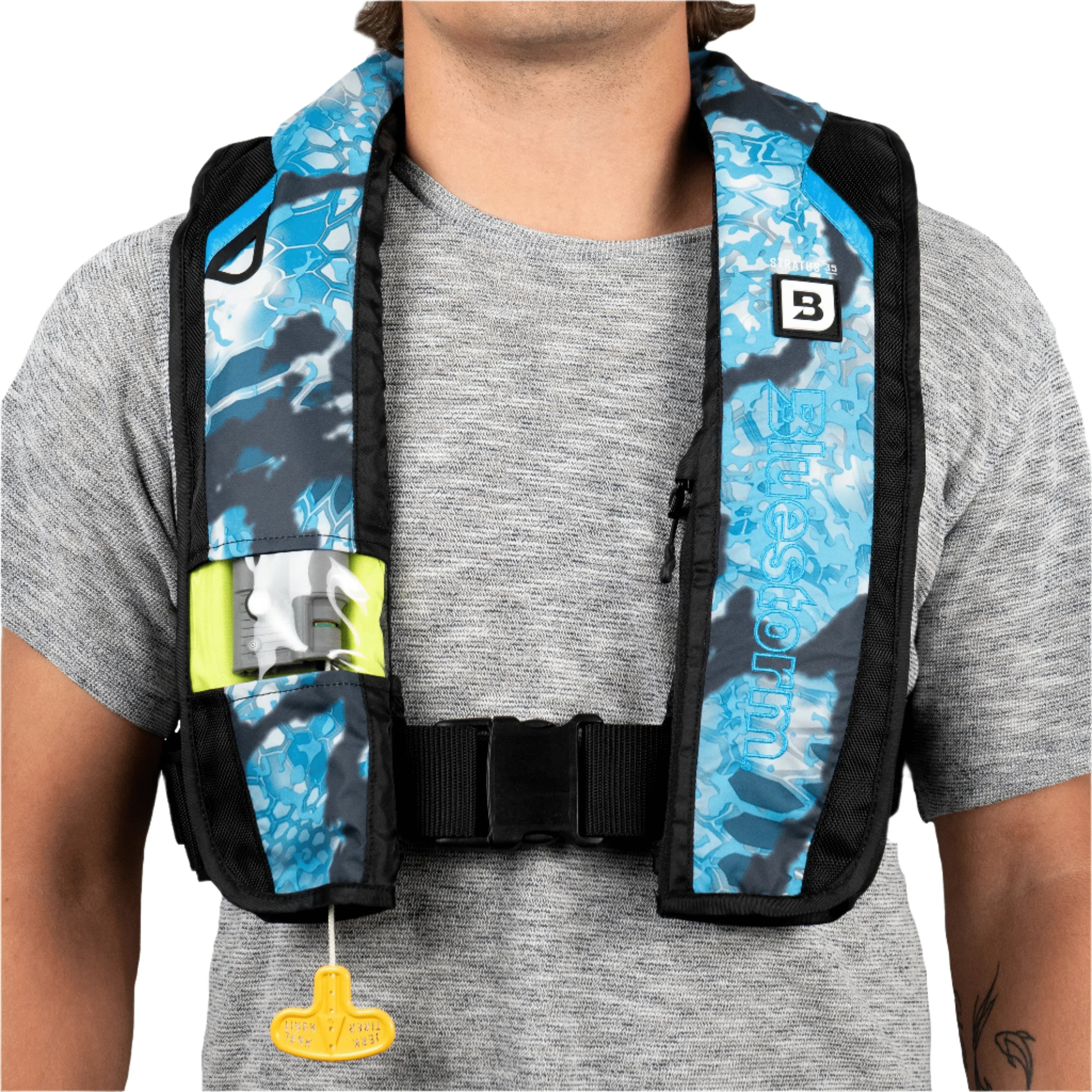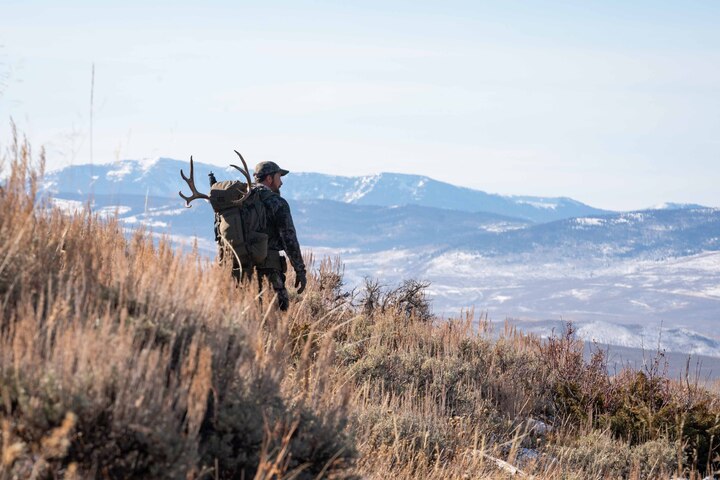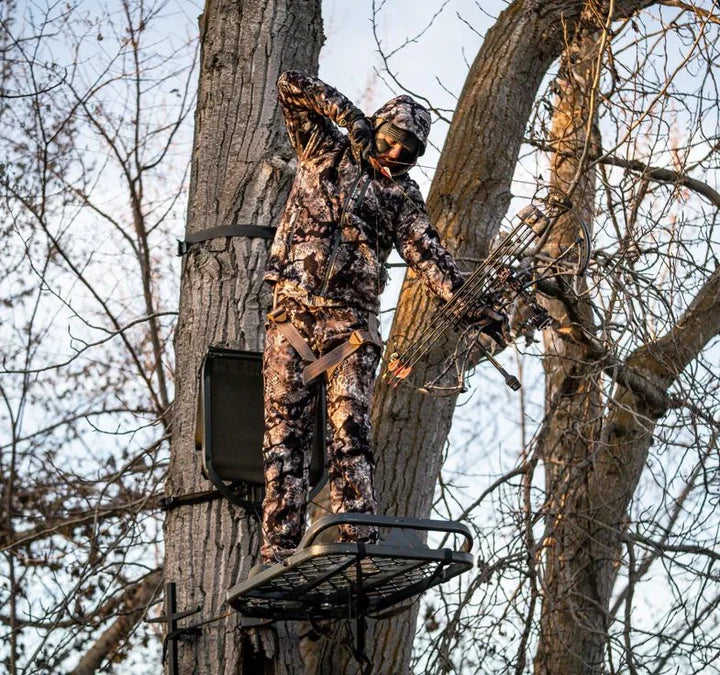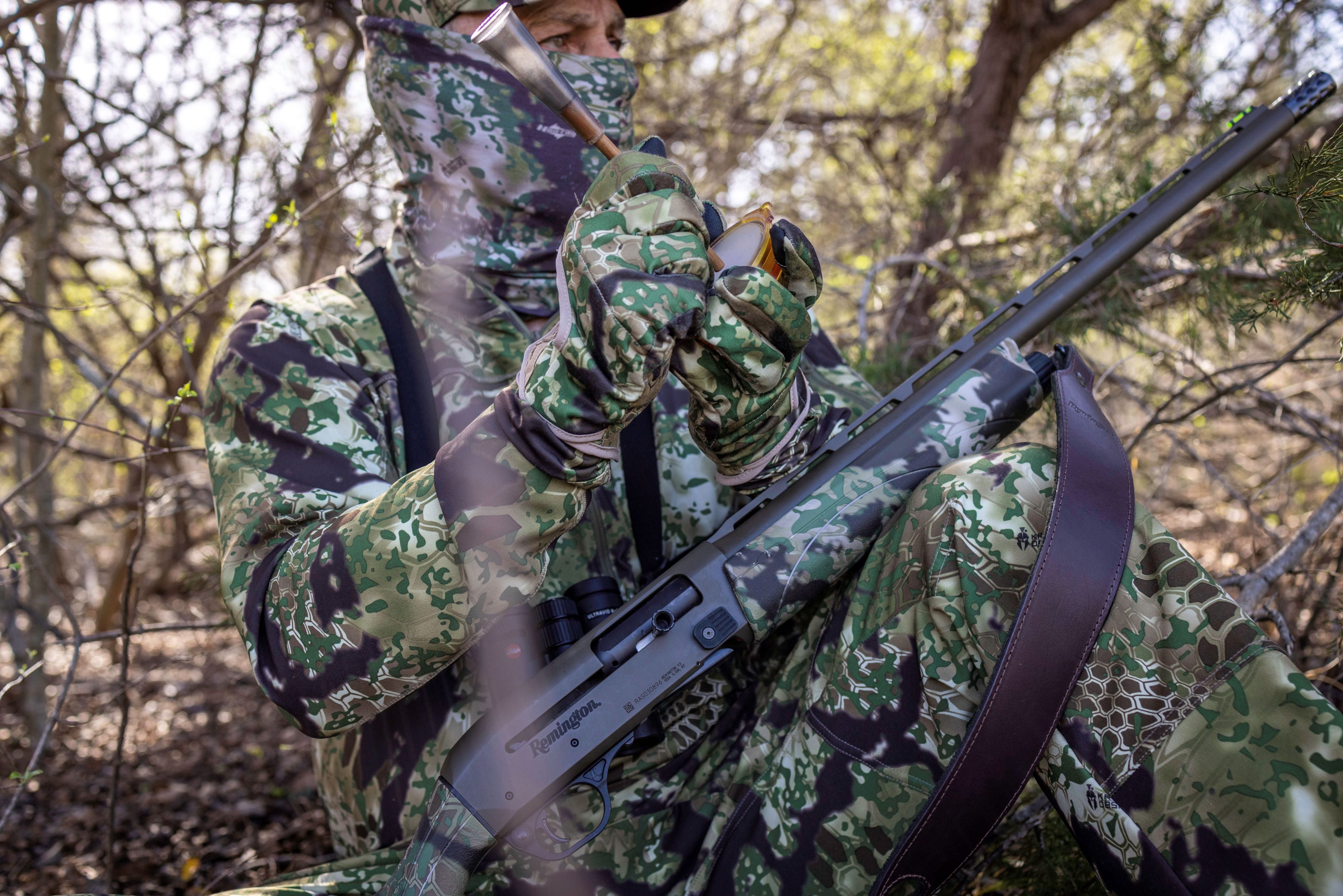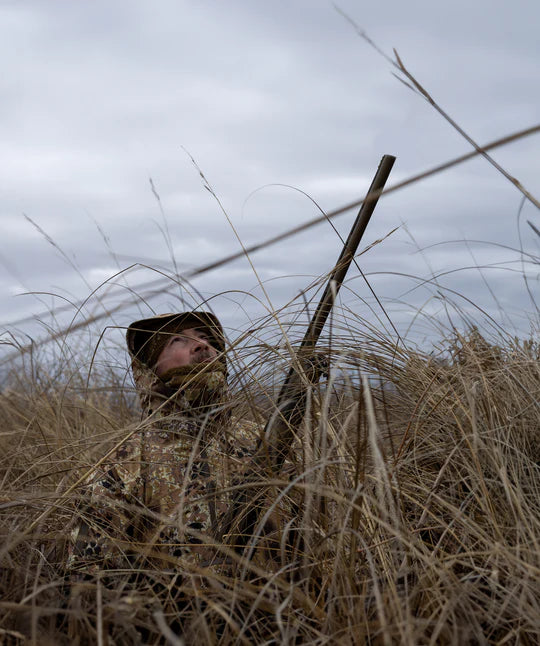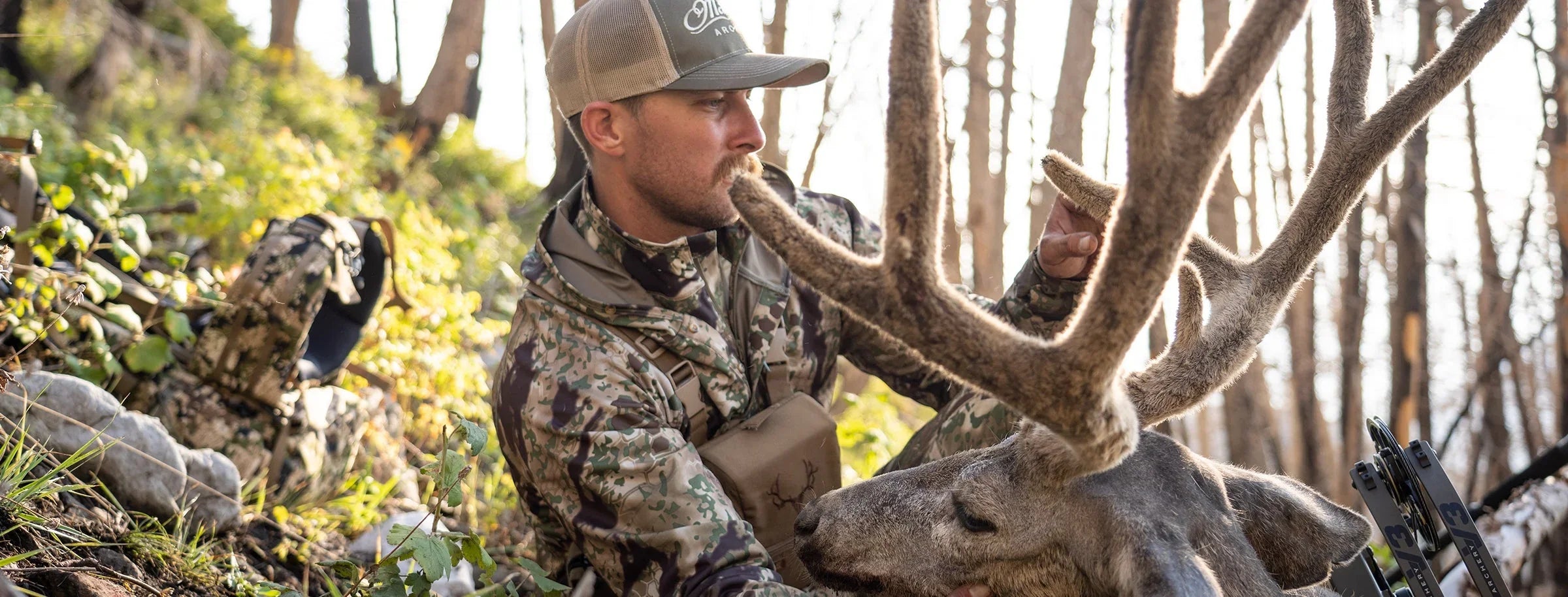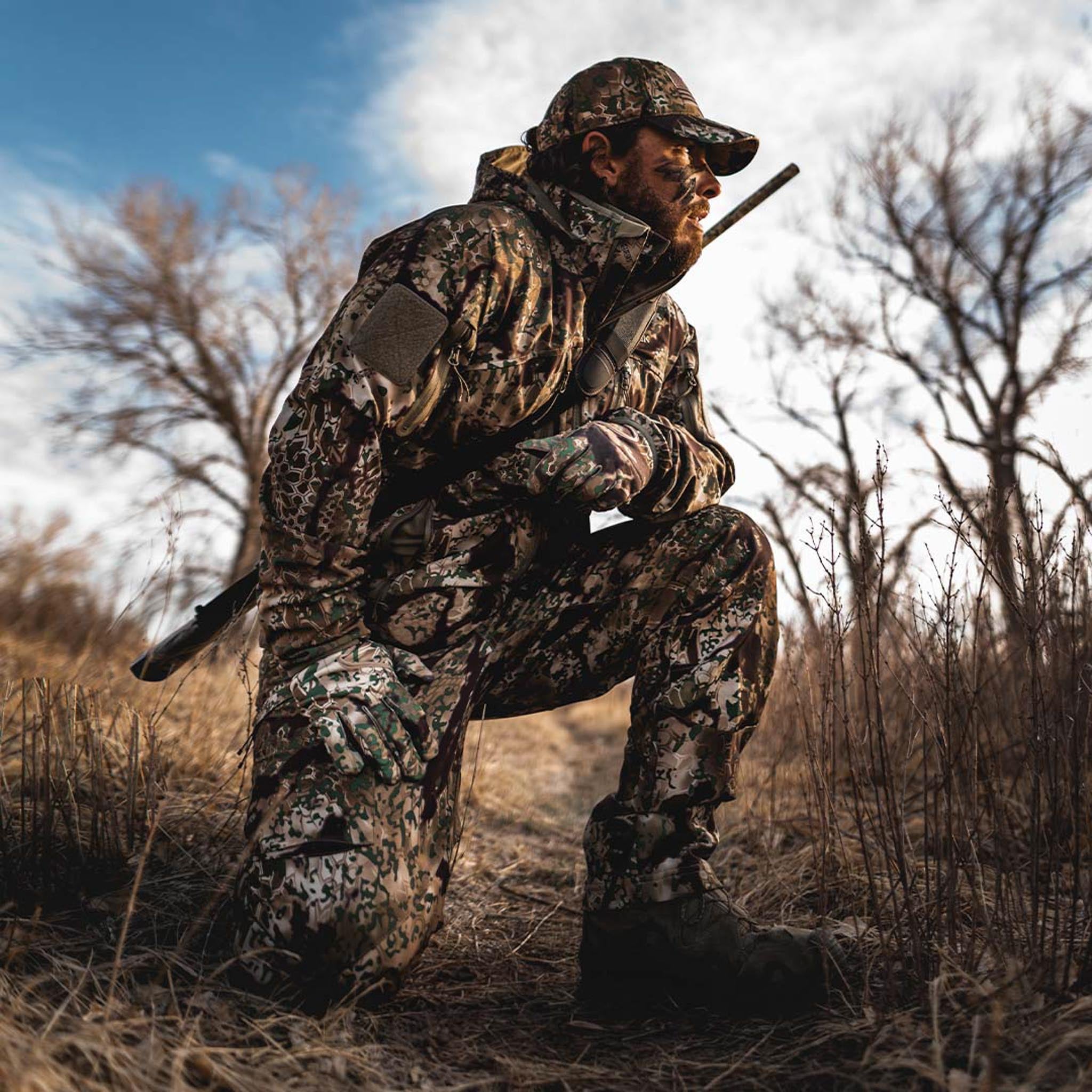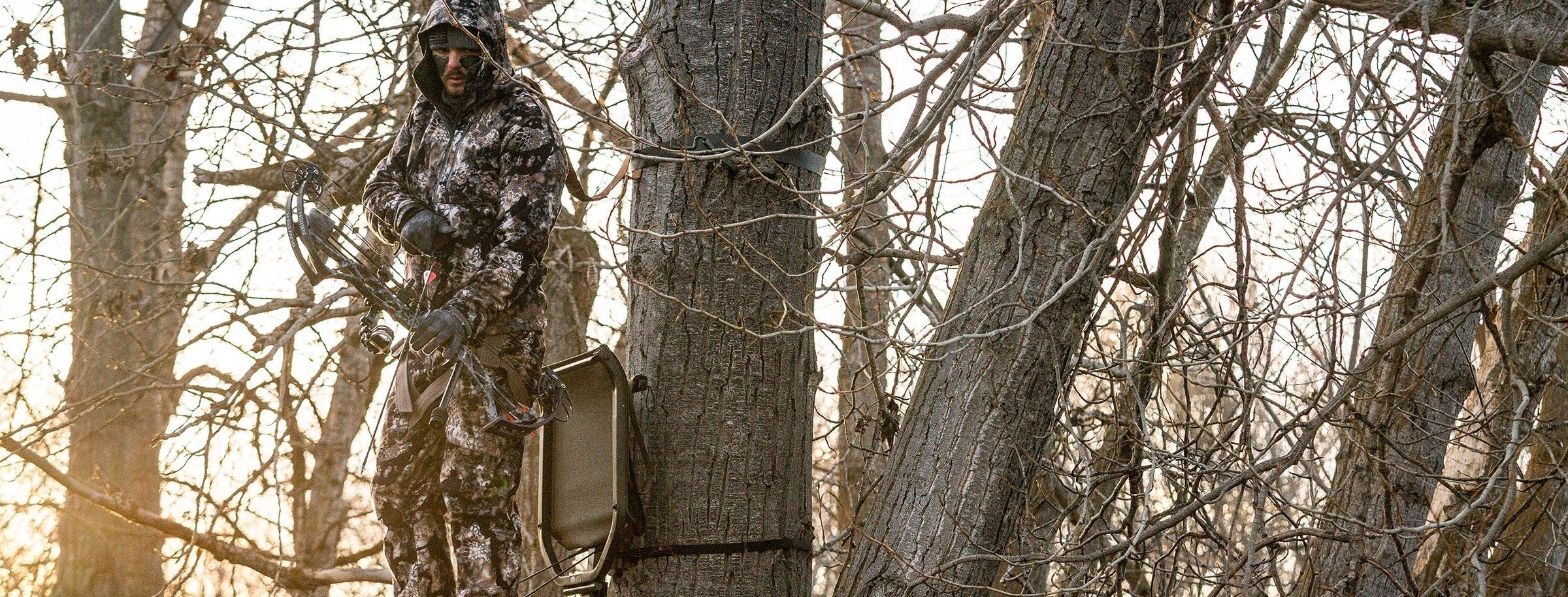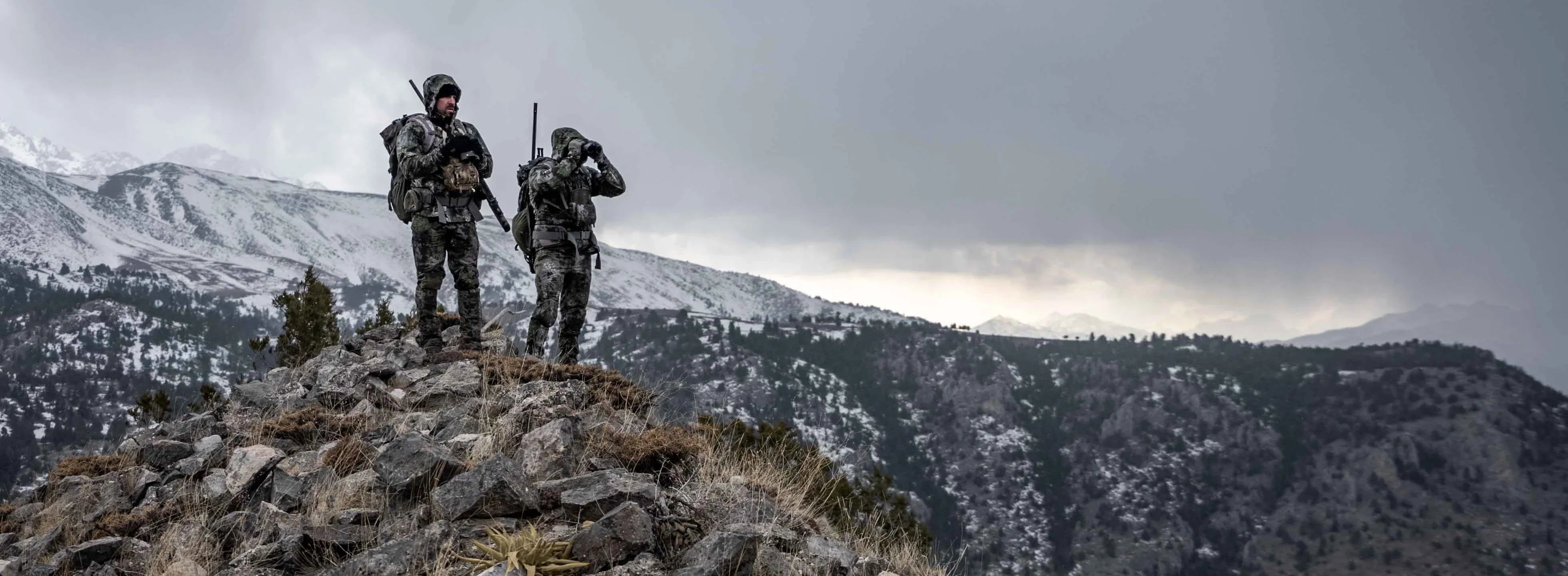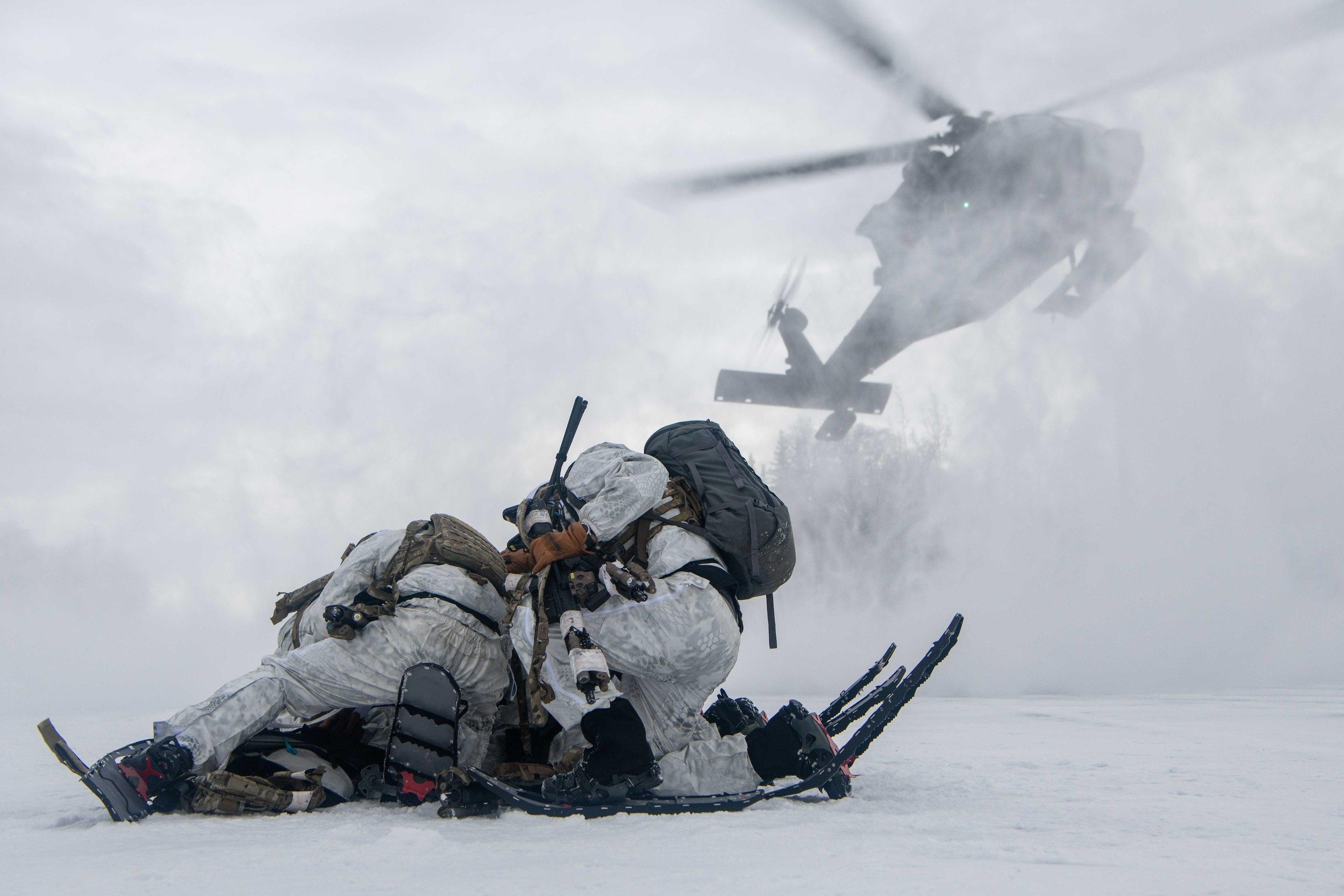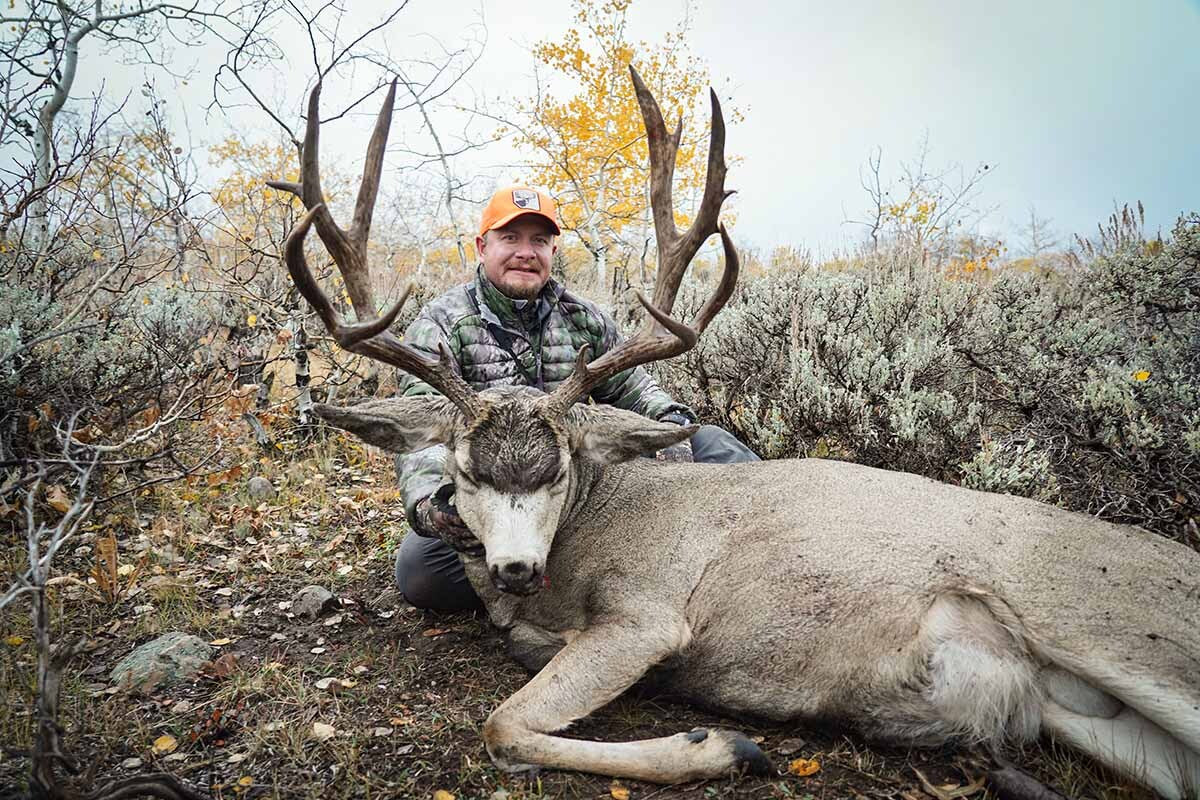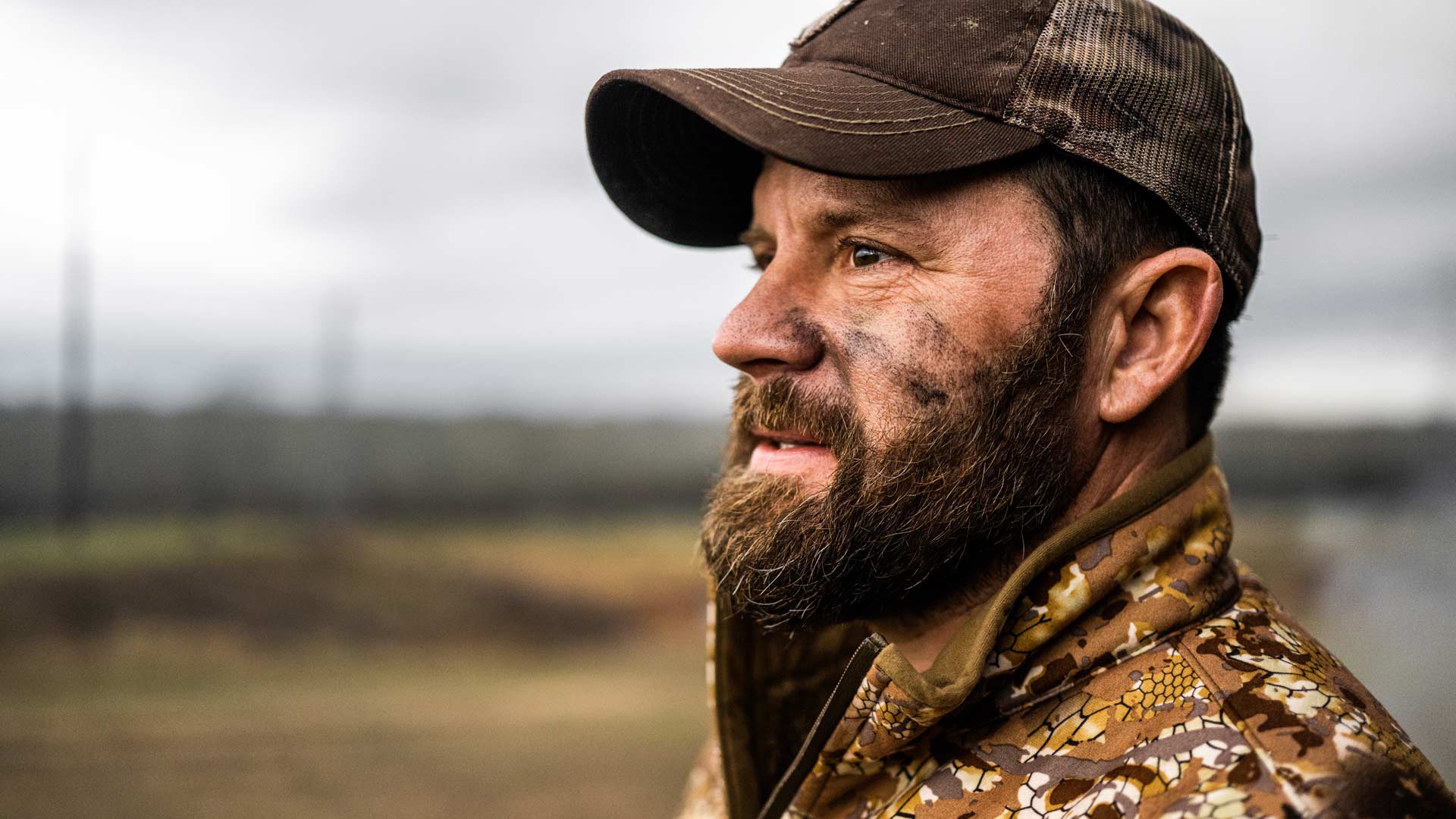
The Ultimate Guide to Organizing Your Hunting Backpack
The Ultimate Guide to Organizing Your Hunting Backpack
When it comes to hunting, having a well-organized backpack is essential for both convenience and efficiency. An organized hunting backpack not only allows you to easily access the gear you need but also ensures that everything is properly balanced and comfortable during long treks in the wilderness. Whether you're a seasoned hunter or just starting out, optimizing the organization of your hunting backpack is a skill worth mastering. In this guide, we will provide you with expert tips and strategies to help you achieve an optimally organized hunting backpack.
The success of your hunting trip depends on having the right gear readily available when you need it. Imagine trying to find your binoculars or game calls in a cluttered backpack while you have a prime opportunity to make a move. By organizing your hunting pack strategically, you can eliminate frustration and maximize your chances of a successful hunt.
Keep in mind the proper organization of your hunting backpack not only enhances your hunting experience but also contributes to your overall safety and comfort. When you're out in the wilderness, facing various weather conditions and challenging terrains, having a well-balanced backpack can make a significant difference in your ability to navigate and move freely. We will delve into the details of how to prioritize the packing order of your backpack, ensure quick access to essential items, and maintain a balanced weight distribution. We'll explore how to pack items needed after the hunt or during overnight stays, as well as backup and weather-related gear. Additionally, we'll discuss the optimal placement of hunting equipment, food, and water. With our tips, you'll be able to pack your hunting backpack like a pro.
Whether you're planning a day hunt or an overnight excursion, this guide will equip you with the knowledge to organize your hunting backpack in a way that is both efficient and functional. So let's get started and discover the secrets to a perfectly organized hunting backpack that will elevate your hunting adventures to the next level!
Prioritize Your Packing Order:
The first step in organizing your hunting backpack is to establish a packing order that ensures easy access to essential items. By following a systematic approach, you can efficiently pack and retrieve gear as needed. Here's a breakdown of the packing order to consider:
Items that you'll require after the hunt or at night should be packed at the bottom of your backpack. This includes your sleeping bag, game, field dressing gear, and any other equipment needed for post-hunt activities. Placing these items at the bottom serves multiple purposes. Firstly, it forms a solid and stable base for your backpack, ensuring that heavier items are supported. Secondly, it allows for easier retrieval when the time comes. Since you won't need these items immediately, burying them deeper in the backpack allows you to focus on accessing other gear quickly.
After packing the essentials for post-hunt activities, it's time to consider your backup and weather-related gear. These items include rain gear, spare gloves, an extra jacket, and any other equipment that may come in handy if there's a change in weather conditions or unexpected circumstances arise. While you may not need these items immediately, having them easily accessible is crucial for adapting to changing environments and staying comfortable during your hunt.
Ideally, your hunt-specific necessities would be carried in a bino harness or chest pack like the Marsupial Gear - Enclosed Binocular Harness or the Hill People Gear - Original Kit Bag. Not only would this free up space in your backpack, but would make some of your essential gear much more readily available, and easier to keep organized. This includes gear such as binoculars, compass, GPS, rangefinder, InReach, extra ammunition, game calls, and other tools specific to your hunt. If you do not have a chest pack or bino harness, these items should be placed at the top of your backpack for quick and immediate access. However, it's important to note that smaller items can easily slip through the gaps and slide toward the bottom, making them harder to reach when needed. To mitigate this issue, utilize external pockets and pouches designed to securely store these smaller hunting essentials. Before finalizing your packing order, it's advisable to test the backpack to ensure it accommodates your hunting equipment effectively.
Properly organizing your food and water is crucial for sustaining your energy throughout the hunt. Storing food in Ziploc bags and placing them at the top of your backpack allows for easy access when hunger strikes. Freeze-dried meals, which are typically consumed at night, can be packed at the bottom of the backpack. If you're using a water bladder, ensure it is properly situated for comfort and accessibility. Collapsible bottles can be slid along the sides of the backpack or stored in external pockets. Utilize any available external pockets to conveniently store water bottles. Placing lightweight, unbreakable, and bulky items at the bottom, such as your sleeping bag, clothes, and tent, helps maintain balance and prevents delicate items from hitting the ground when you take a seat or remove the pack.
Weight Distribution and Balance:
Proper weight distribution and balance are crucial for comfort and stability while carrying your hunting backpack. Uneven weight distribution can lead to discomfort, strain on your back and shoulders, and even affect your overall balance. Here are some tips to achieve optimal weight distribution:
When packing your backpack, place heavier items such as food and water close to the frame. This helps in maintaining a centered and balanced load, reducing strain on your back and shoulders. The frame of the backpack is designed to distribute weight effectively, and placing heavier items closer to it enhances stability and maneuverability.
On the other hand, lighter items should be positioned away from the frame. This includes items like clothing layers, small gear, and accessories. Placing them towards the outer parts of the backpack ensures that the weight is evenly distributed and doesn't cause any imbalance.
Backpacking food can vary in weight, so it's important to categorize and position it accordingly. For example, if you're carrying food for multiple days, organize it based on the number of days you'll be staying. This way, you can easily access the food you need without disturbing the entire backpack's organization. Storing food inside a roll-top or zippered dry bag is ideal to keep it secure and prevent any spillage.
When navigating through difficult terrains, it's important to maintain a balanced load on your back. Avoid loading one side of the pack heavier than the other, as this can throw off your balance and make it more challenging to move. Take extra care when packing items like cooking utensils, stoves, and fuel. Consider organizing them in one section but pad them with a sleeping pad, game bags, or other soft items to avoid metal-to-metal contact and minimize noise while hiking.
The top of your hunting backpack and side pockets offer convenient storage space for smaller, delicate items that you may frequently use during your hunt. Items like headlamps, GPS, radio, and camera gear can be placed in the top lid compartment. To ensure their protection, pad them with items like gloves, neck gaiter, or beanie. This way, you have quick access to these essentials without compromising weight distribution or risking damage to fragile equipment.
By paying attention to weight distribution and balance, you can achieve a more comfortable and stable carrying experience with your hunting backpack. A properly balanced load allows you to move more efficiently, navigate challenging terrain with ease, and reduce the risk of fatigue or injury during your hunting adventures.
Separating Overnight and Day Hunting Gear:
If you're embarking on an overnight hunting trip, it's beneficial to separate your overnight gear from your day hunting gear within your backpack. This separation helps in keeping your gear organized, easily accessible, and prevents unnecessary rummaging through your backpack during the hunt. Here's how you can achieve this separation effectively:
Start by packing your overnight gear at the bottom of your backpack or use it as the base layer. This includes items like your sleeping bag, tent, extra clothing layers, and any other gear required for spending the night in the wilderness. Placing these items at the bottom provides a stable foundation for the rest of your gear and keeps them well-protected.
Once your overnight gear is in place, arrange your day hunting gear above it. This includes items like your hunting equipment, extra ammunition, game calls, and any other gear needed specifically for hunting during the day. By keeping your day hunting gear separate from the overnight gear, you can easily access the items required for the hunt without disturbing the setup of your overnight gear.
An alternative approach is to opt for a larger hunting pack that allows for separate compartments or attachable day packs. Some backpack brands offer modular designs where different packs can be combined or detached as needed. This way, you can have a dedicated compartment or attachable pack for your day hunting gear, while the larger pack accommodates your overnight gear. This modular system provides flexibility and convenience, allowing you to access specific gear without unpacking your entire backpack.
Separating your overnight and day hunting gear streamlines your hunting experience. It ensures that your gear is easily accessible and prevents the mixing of items, reducing the chances of misplacing or damaging essential equipment. By having a dedicated system for overnight and day gear, you can efficiently transition between the two aspects of your hunting trip without any hassle or unnecessary disruptions.
Post Hunt Equipment:

After a successful hunt, there are essential items that you'll need quick access to for field dressing the game and taking care of post-hunt tasks. Organizing these after-hunt essentials properly in your hunting backpack ensures that you can retrieve them efficiently when the time comes
Field dressing gear, such as knives, gutting tools, and game bags, should be stored in a position that allows for easy retrieval once you've tracked down and harvested your game. Keep the field dressing gear in a designated pocket or a separate compartment within the main compartment of your backpack. Additionally, keep your hunting tags or licenses in a readily accessible waterproof pocket to avoid searching for them when needed.
As with many hunts, the kill shot is taken at last light, and as the light diminishes having quick access to lighting devices becomes crucial. Store a reliable headlamp in an easily reachable location, such as an external pocket. Consider packable lanterns, and brighter flashlights with a further throw. This allows you to navigate safely and efficiently during dusk or darkness, especially when field-dressing your game or packing up after the hunt. Nothing is worse than getting back to the truck and realizing you left some gear at the kill site. Oh, and don’t forget fresh batteries! Additionally, you may want to ensure you have some extra clothing layers. You may need to change into dry or warmer clothing, especially if the weather/environmental conditions have changed or if you have been exposed to moisture.
Safety Considerations:
When organizing your hunting backpack, prioritizing safety is of utmost importance. Alongside packing your hunting gear, there are essential safety items that should always be included. Incorporating these safety considerations will help ensure a secure and well-prepared hunting experience. Here are some additional safety considerations to keep in mind:
Accidents can and do happen in the wilderness, and having a well-stocked first aid kit is crucial. Include a couple of tourniquet variety of bandages, adhesive tape, antiseptic ointment, tweezers, scissors, pain relievers, and any specific medications you may need. Additionally, consider including items like blister pads, moleskin, and insect repellent. Familiarize yourself with basic first aid procedures and ensure your first aid kit is easily accessible in case of an emergency.
In remote areas, communication can be challenging, but it's essential to have a way to call for help if needed. Carry an emergency communication device such as a satellite phone or a personal locator beacon (PLB). These devices can provide a lifeline in critical situations and enable you to reach out for assistance even in areas with no cell reception. Register your emergency communication device and ensure you understand how to use it properly.
Getting lost or disoriented in the wilderness can be dangerous. Always carry reliable navigation tools to help you find your way. Include a compass and a GPS device in your backpack. Familiarize yourself with how to use them effectively, and consider bringing along a map of the area you'll be hunting in. Take the time to learn basic navigation skills to enhance your ability to navigate safely and avoid getting lost.
A safety whistle is a simple yet effective tool for signaling for help or alerting others in case of an emergency. Attach a whistle to your backpack or keep it easily accessible on your person. In case of an injury or becoming lost, a whistle's loud sound can help rescuers locate you more quickly. Remember the universal distress signal of three short blasts followed by a pause, and repeat until help arrives.
Lighting is crucial, especially during low-light conditions or in emergencies. Carry a headlamp or a reliable flashlight with extra batteries. These will prove invaluable when setting up camp, field dressing game after sunset, or if you end up staying out longer than expected. Opt for headlamps or flashlights with adjustable brightness settings and a long battery life to ensure you have adequate illumination when needed.
In survival situations, being able to start a fire can provide warmth, light, and a means to cook food. Include fire-starting tools such as waterproof matches, a lighter, or a fire starter kit in your backpack.
Unexpected circumstances, such as extreme weather or injuries, may require you to seek temporary shelter. Consider including emergency shelter items like a lightweight tarp, space blanket, or emergency bivvy in your backpack. These compact and lightweight options can provide protection from the elements when needed.
Remember, safety should always be a top priority during your hunting adventures. Taking the time to prepare for potential risks and emergencies will contribute to a more secure and enjoyable experience. Continuously assess and update your safety gear and knowledge to ensure you're adequately prepared for any situation that may arise during your hunting trips.
Hunting Packs for Organizing Your Gear:
When it comes to hunting, having the right hunting pack or hunting backpack is essential for keeping your gear organized and easily accessible in the field. A well-designed hunting pack should provide durability, ample storage, and customizable options to meet your specific needs. We recommend considering the following hunting packs known for their excellent organizing capabilities:
- IA2K Pack System by Initial Accent:
The IA2K Pack System by Initial Accent is a versatile and reliable hunting pack designed for hunters who prioritize efficient gear organization. Crafted using high-quality materials, this pack system ensures durability in rugged outdoor conditions.
Key Features of the IA2K Pack System:
- Modular Design for Customization: The IA2K pack system features a modular design that allows you to customize it according to your unique hunting requirements. With detachable compartments, pouches, and accessories, you can organize your gear just the way you like it.
- Ergonomic and Comfortable: Designed for extended hunts, the IA2K Pack System offers ergonomic features that prioritize your comfort. The adjustable harness system and padded shoulder straps ensure a snug fit, even when carrying heavier loads.
- Ample Storage Space: With its generous capacity, the IA2K Pack System provides plenty of room for all your hunting essentials. Multiple pockets, compartments, and attachment points keep your gear neatly organized and easily accessible in the field.
- Integrated Meat Shelf: For hunters planning to harvest game, the IA2K Pack System includes an integrated meat shelf. This feature offers a secure and convenient way to transport meat, preventing spoilage and keeping it clean during your journey back to camp.
- K4 3600 Pack System by EXO Mtn Gear:
The K4 3600 Pack System by EXO Mtn Gear is a lightweight and efficient hunting pack that excels in keeping your gear well-organized during backcountry expeditions.
Key Features of the K4 3600 Pack System:
- Lightweight and Mobile: Built with lightweight yet durable materials, the K4 3600 Pack System is perfect for hunters who prioritize mobility and agility. Its lightweight design enables comfortable movement in challenging terrains.
- Versatile Load-Carrying System: Equipped with a sturdy frame and adjustable suspension system, the K4 3600 Pack System handles heavy loads while maintaining stability and balance. It offers a versatile load-carrying solution tailored to your specific needs.
- Efficient Gear Organization: The K4 3600 Pack System provides multiple compartments, pockets, and attachment points for efficient gear organization. Keep your hunting essentials neatly sorted and easily accessible for quick retrieval.
- Expandable Capacity: This pack system offers expandable capacity, allowing you to adjust the volume based on your hunting requirements. Whether you're hauling meat or carrying extra gear for longer hunting trips, the K4 3600 Pack System has the flexibility you need.
- Comfortable Fit: The K4 3600 Pack System prioritizes comfort with padded shoulder straps, a cushioned waist belt, and a breathable back panel. Its ergonomic design reduces fatigue, ensuring a comfortable fit during intense physical activity.
When choosing your hunting pack system, don't forget to try on different options and evaluate their fit and functionality. By considering factors such as your hunting style, gear requirements, and the need for effective organization, you can make an informed decision that enhances your hunting experience. The IA2K Pack System by Initial Accent and the K4 3600 Pack System by EXO Mtn Gear are excellent choices that we stand behind.
To sum it all up, organizing your hunting backpack is crucial for a successful and enjoyable hunting experience. By implementing a well-thought-out packing strategy, you can ensure that your gear is easily accessible, well-protected, and efficiently organized throughout your hunting trip. Some key points to remember are:
- Weather-related gear, including rain gear, spare gloves, and extra jackets, should be within reach but not necessarily at the top. Unforeseen weather changes or unexpected circumstances may arise during your hunt, and having quick access to these items will ensure you're prepared for any situation.
- To ensure easy and immediate access to your hunting equipment, arrange items like binoculars, compass, GPS, rangefinders, extra shells, and game calls strategically. Consider utilizing a bino harness or chest pack. This prevents the frustration of searching for essential tools when you need them most.
- Proper food and water storage is essential for sustained energy during your hunting trip. Pack your food in Ziploc bags and store them at the top of your backpack for easy access throughout the day. Freeze-dried meals can be placed at the bottom as they are typically consumed at nightfall. Water can be stored in a water bladder or collapsible bottles along the sides of the backpack or in external pockets if available.
- Quick access to after-hunt essentials is essential for efficiency. Keep your field dressing gear, tags, cameras, lighting devices, game bags, and extra clothing layers within easy reach.
- Be mindful of safety considerations when packing your hunting backpack to ensure a safe and incident-free hunting experience. Pack essential first aid supplies and survival equipment.
- When selecting a hunting pack or hunting backpack, consider your hunting style, gear requirements, and the importance of organizing your equipment. Prioritize backpacks with ergonomic designs and adjustable straps for a comfortable fit during long hunting trips.
Before heading out, remember to test your backpack setup. Make any necessary adjustments to ensure everything is properly secured and comfortable. With a well-organized hunting backpack, you'll be well-prepared, confident, and ready to embark on a successful hunting adventure. So, pack smart, stay organized, and enjoy your time in the great outdoors. Happy hunting!
